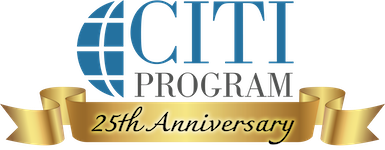Institutions engaged in research, instruction, or testing activities involving vertebrate animals are subject to various governing standards. Depending on the species and funding, institutions must adhere to the Public Health Service Policy on Humane Care and Use of Laboratory Animals (PHS Policy) and/or the Animal Welfare Regulations (AWR). Institutions that must adhere to the PHS Policy must use the Guide for the Care and Use of Laboratory Animals (the Guide) to develop and implement an animal care and use program. Regardless of the standard, institutions must establish an Institutional Animal Care and Use Committee (IACUC) to review, approve, and oversee animal activities. However, only the Guide provides standards for developing and implementing an animal care and use program. Consequently, institutions tend to gravitate toward the specific language and processes in the Guide.
The Guide continues to influence the oversight language the animal care and use program community uses. Through Guide language, post-approval monitoring (PAM) is identified as an important aspect of the IACUC’s oversight of animal activities. Consequently, Guide language is often the basis of institutional policies and procedures communicated to researchers. As a result, many researchers often feel that monitoring is a one-way process used by the IACUC to perform an audit. This may be partly due to varying knowledge and understanding of the regulations. Some researchers interpret audits by the IACUC as a lack of trust, which leads them to be resistant or defensive.
The primary objective of an effective QA program is to satisfy the Guide’s requirement by providing ongoing IACUC oversight of approved animal activities through a strong partnership of the animal care and use program stakeholders, including researchers. This course discusses the importance of a QA program, how to develop a QA program, and the expected outcomes of a QA program.
This course was written by Erin Czarniak, BS, CPIA, LATG at University of Michigan and William G. Greer, BS, CPIA, LAT, CM at University of Michigan, and peer reviewed by experts.
View Series Page for Additional FAQs
Language Availability: English
Suggested Audiences: Compliance Professionals, IACUC Administrators, IACUC Members, Institutional Officials, Research Personnel, Researchers
Organizational Subscription Price: Included in Animal Care and Use (ACU) Advanced series, available as part of a Make Your Own base subscription or as a subscription add-on for $675 per year/per site for government and non-profit organizations or $750 per year/per site for for-profit organizations.
Independent Learner Price: $99 per person

